Kiefer, Oklahoma is a small town located just 20 miles south of Tulsa. Perhaps even more significantly, the town was located just four miles southwest of the Glenn Pool Oil Reserve (pictured below), which brought the first major oil pipelines to Oklahoma. The discovery of oil brought life to the region. From 1900 to 1935, the state produced 906 million barrels of oil, at the time worth about $5.28 billion. Today, that oil would be worth over $100 billion. Naturally, the area boomed, and generated more wealth from oil than the California Gold Rush and Nevada Silver Rush combined. By 1907, Kiefer alone shipped out 154,000 barrels of oil per month.
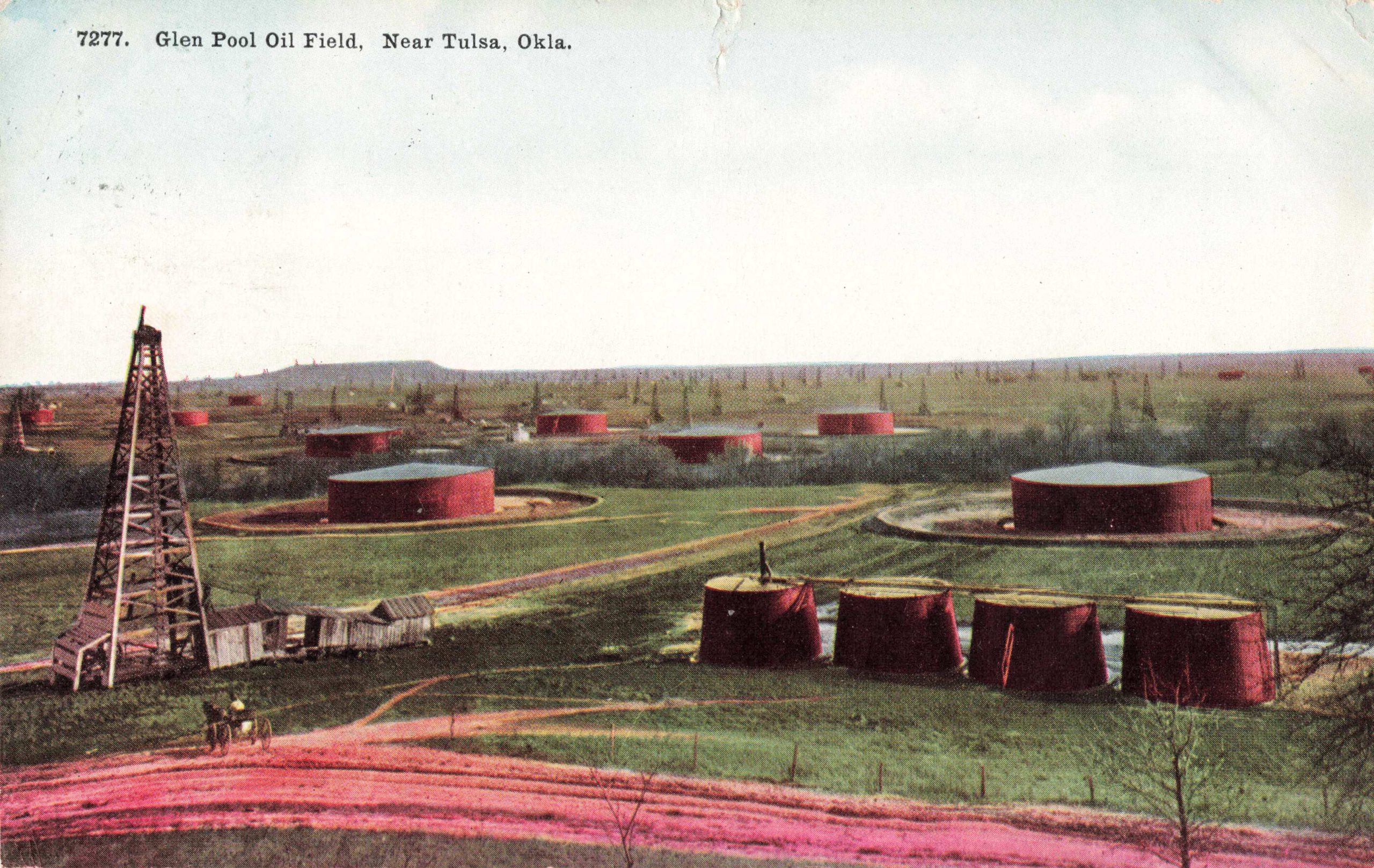
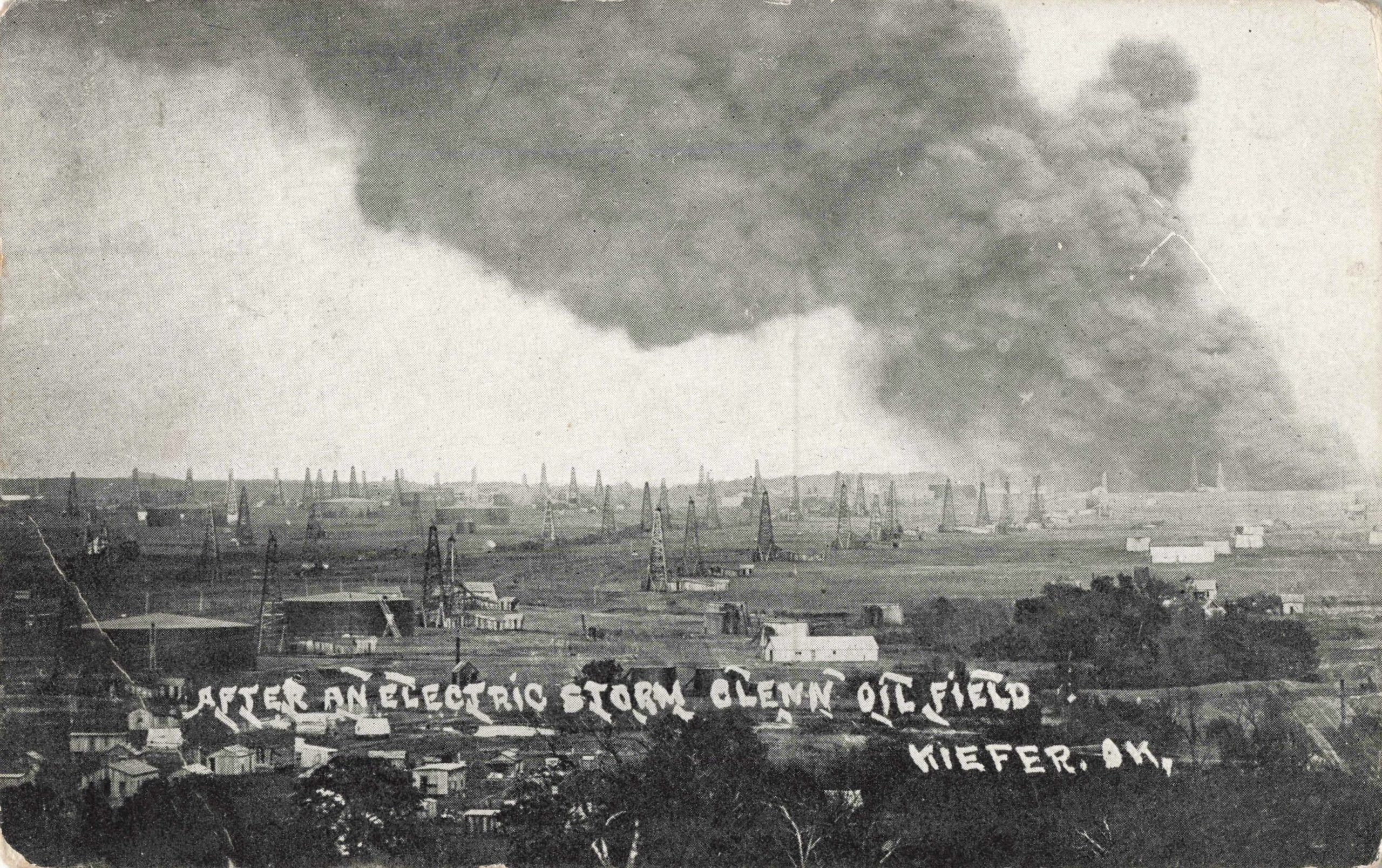
It is worth noting that present-day Oklahoma was known as Indian Territory until incorporated as Oklahoma in 1907. Upon the incorporation of Oklahoma, Indian Territory was effectively dissolved as an independent territory. The federal government dissolved tribal land claims after pressure from white settlers, who realized the land could be valuable. Native Americans, already forcibly relocated to Oklahoma, were now being stripped of their land once again. The oil boom brought unimaginable wealth to the region, which should have rightfully belonged to the Native Americans in the region.
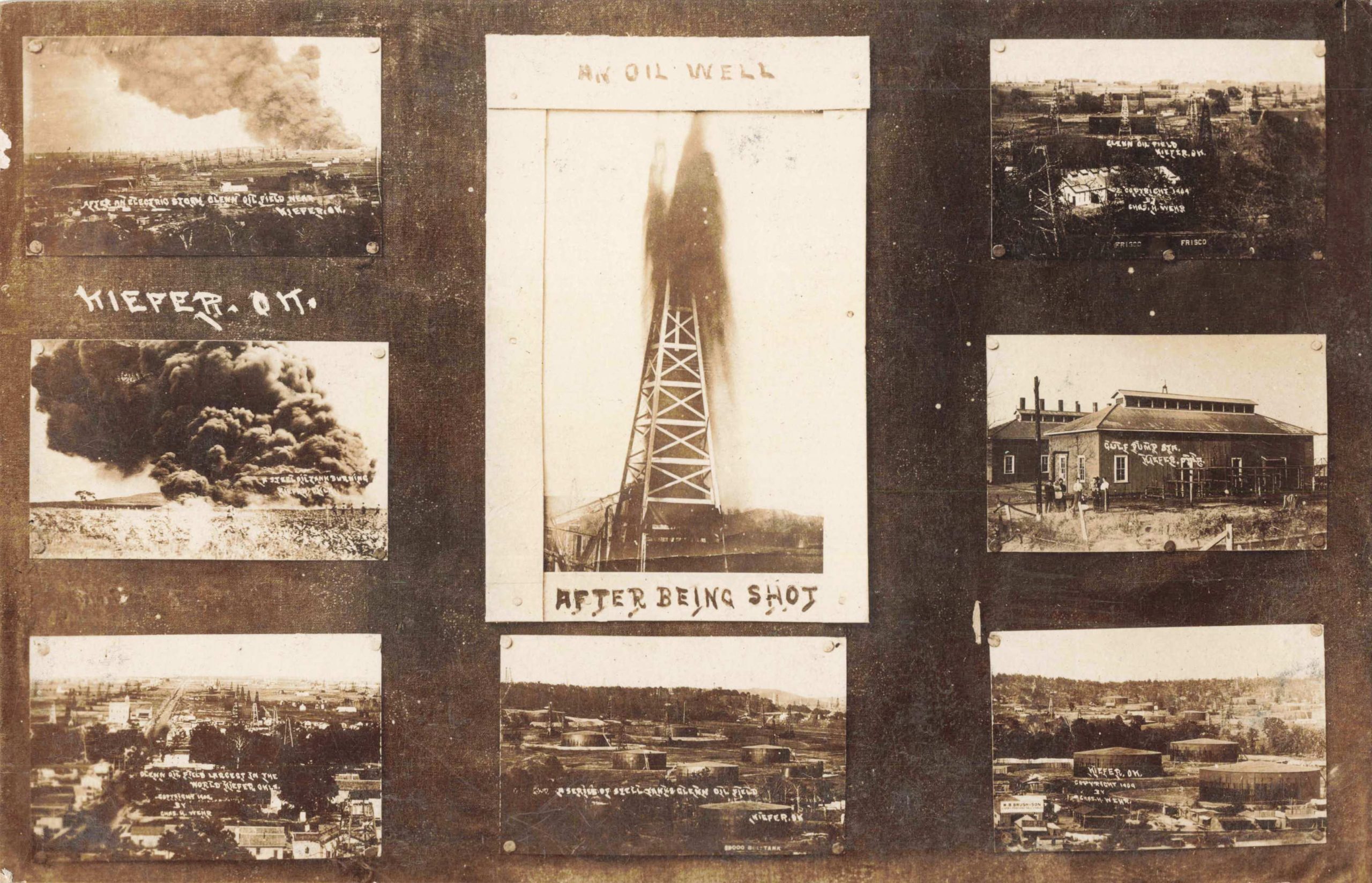
A multiview real photo of different sights around Kiefer. Clockwise from top left: 1) After an electric storm at Glenn Pool Oil Field; 2) An oil well after being shot; 3) Another view of Glenn Pool Oil Field; 4) Gulf Pump Station in Kiefer; 5) An aerial view of the town of Kiefer; 6) View of Glenn Pool Oil Field; 7) View of Glenn Pool Oil Field and Nearby Houses; 8) A Steel Oil Tank Burning in Kiefer.
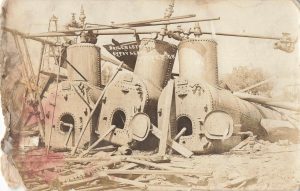
Like many gold mining towns further west, wealth and crime increased simultaneously. From A Social History of Prohibition in Oklahoma, by James Edward Klein:
“Kiefer developed the region’s worst reputation for vice and violence. Gunplay and murder were nightly occurrences giving the town a reputation as “the toughest town east of Cripple Creek, Colorado (the notoriously dangerous gold mining community of the 1890s).”
Oklahoma adopted prohibition when they became a state in 1907, although towns such as Kiefer had no regard for prohibition laws. Again, from Klein:
“In Creek County, enforcement was so lax that State Enforcement Attorney Fred Caldwell personally investigated conditions there and prosecuted the county attorney for failing to enforce prohibition. He subsequently reported to Governor Charles Haskell, “Conditions in Creek County have, during my entire administration( 1908-1910), been extremely bad, especially at Sapulpa and Kiefer.”
Kiefer attracted young men looking for good wages in the booming Oklahoma oil industry. Few were willing to bring their wives and children, if they had any, to the town of Kiefer. Oil workers in Kiefer spent their pay with “utter abandon,” primarily supporting the also booming town industries of gambling, prostitution, and bootlegging. One oil worker described Kiefer as the roughest town in Oklahoma, where you could buy anything you had the money for, and where whiskey and beer were fairly cheap. The man said in his two plus years in the town, authorities found over 12 dead bodies, presumably murder victims. Kiefer did eventually begin to settle down when oil workers moved their families into town, and more unscrupulous men were driven out and seen as a “hindrance to progress.”
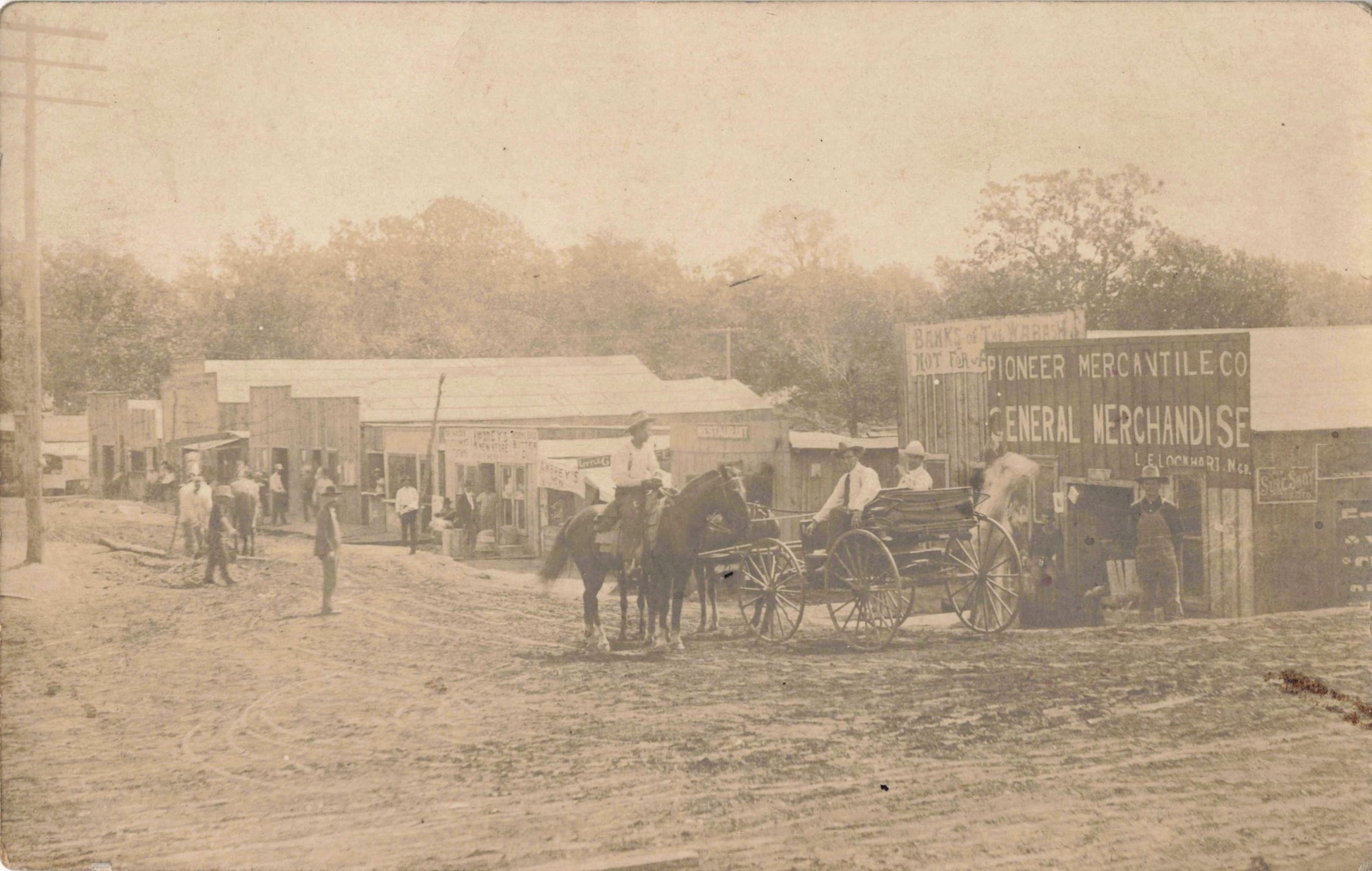
In the image above, behind and to the left of the man on horseback, resides Awbrey’s New Store. In 1908, Mr. Awbrey, as reported in The Sapulpa Light, allegedly robbed his supplier of nearly $1,000 of goods. Mr. Awbrey received a large shipment of goods and had not paid; after several days, the company sent a salesman to investigate. He eventually tracked down the stolen merchandise to a freight depot in Sapulpa and a barn near Kiefer. In the lawless town of Kiefer, even the merchants were criminals.
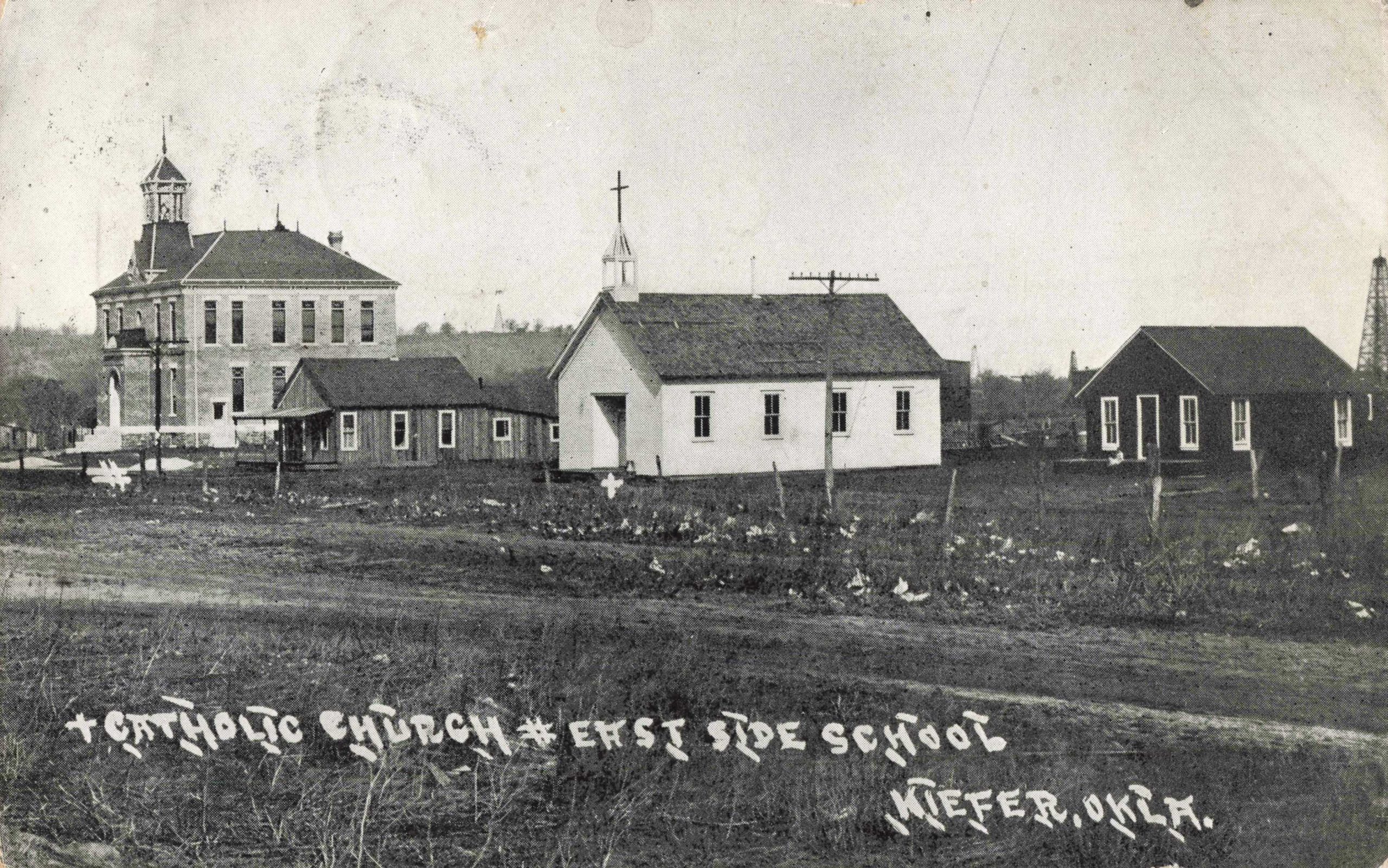
Though Kiefer did become a more respectable town, at its height it was a seedy town of timeless vices, including alcohol, prostitution, and gambling. Kiefer isn’t much bigger now than it was over one hundred years ago – the official census count in 1910 was 1,197, although undoubtedly many more lived or worked nearby and frequented the town. Today the town is home to a little over 2,500, although it isn’t nearly as exciting as it was in its heyday.


